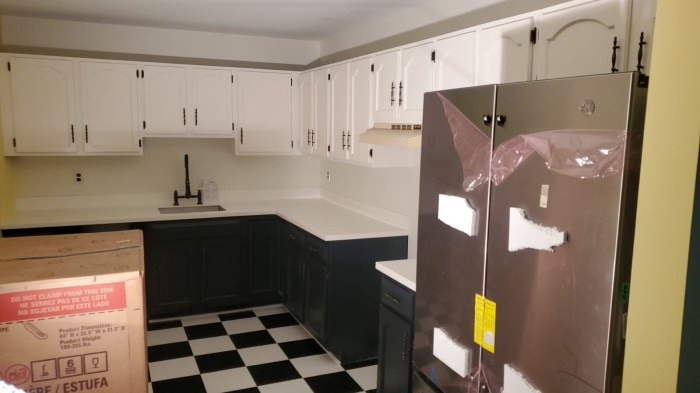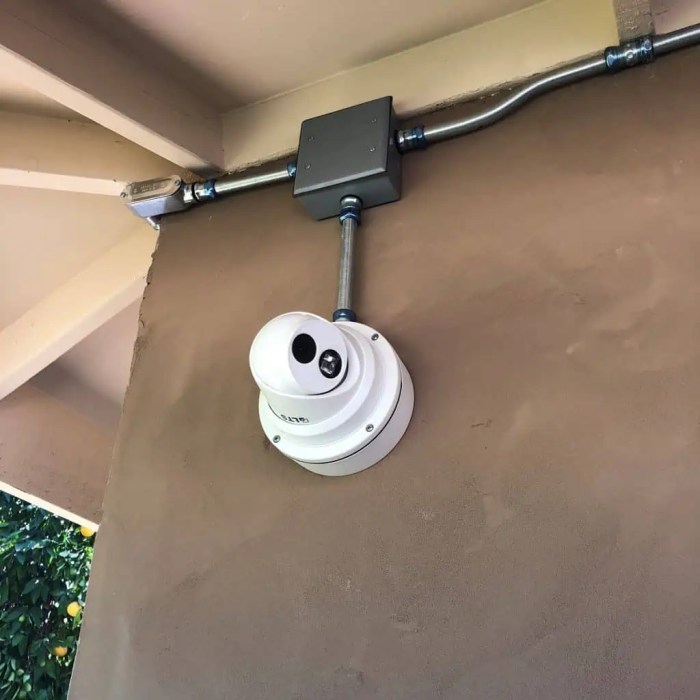Smart Bathrooms for Health Monitoring in Home Interiors: Revolutionizing Home Wellness
Exploring the realm of Smart Bathrooms for Health Monitoring in Home Interiors unveils a cutting-edge fusion of technology and well-being. From tracking vital signs to seamlessly integrating health data, this topic delves into the future of home wellness.
As we delve deeper, we uncover the essential features, technologies, and design aspects that redefine how we perceive and interact with our home bathrooms.
Definition of Smart Bathrooms for Health Monitoring in Home Interiors
Smart bathrooms for health monitoring refer to the integration of smart home technology with bathroom features to monitor and track various health metrics and indicators. This includes the use of sensors, devices, and connected systems to collect data on aspects like weight, blood pressure, temperature, and more to provide insights into one's health status.
Integration of Smart Home Technology with Bathroom Features
Smart bathrooms leverage technology such as IoT devices, smart scales, wearables, and health monitoring apps to collect and analyze health data. These devices can sync with smartphones or smart hubs to provide real-time updates and notifications about health trends and abnormalities.
By integrating these technologies into bathroom fixtures like mirrors, scales, and showers, individuals can effortlessly monitor their health without additional effort.
Benefits of Smart Bathrooms for Health Monitoring in Home Interiors
- Early Detection of Health Issues: Smart bathrooms allow for continuous monitoring of vital signs and health metrics, enabling early detection of potential health problems.
- Personalized Health Insights: By tracking and analyzing health data over time, individuals can receive personalized insights and recommendations for improving their health and well-being.
- Convenience and Accessibility: With health monitoring capabilities built into the bathroom, users can seamlessly incorporate health tracking into their daily routines without the need for additional equipment or appointments.
- Promotion of Healthy Habits: Regular monitoring of health metrics can motivate individuals to adopt healthier habits and lifestyle choices, leading to overall well-being and disease prevention.
Essential Features and Technologies
Smart bathrooms for health monitoring in home interiors are equipped with a variety of features and technologies that work together to provide valuable insights and data for users. These features not only enhance convenience but also contribute to the overall well-being of individuals.
Sensors and IoT Devices
- Sensors: Smart bathrooms are equipped with various sensors that monitor different aspects of health, such as temperature, humidity, air quality, and even water usage. These sensors provide real-time data that can help individuals make informed decisions about their health and well-being.
- IoT Devices: Internet of Things (IoT) devices play a crucial role in connecting different components of the smart bathroom. These devices enable seamless communication between sensors, smart appliances, and other health monitoring devices, creating a cohesive ecosystem that enhances the overall health monitoring experience.
AI Integration
- Artificial Intelligence (AI): AI algorithms analyze the data collected by sensors and IoT devices to provide personalized insights and recommendations for users. By leveraging AI technology, smart bathrooms can identify patterns, trends, and anomalies in health data, enabling individuals to proactively manage their health.
- Machine Learning: Machine learning algorithms can continuously improve the accuracy and effectiveness of health monitoring in smart bathrooms by learning from user behavior and data patterns. This adaptive technology ensures that the health monitoring system evolves with the user's needs and preferences.
Voice-Activated Assistants and Smart Mirrors
- Voice-Activated Assistants: Smart bathrooms often feature voice-activated assistants that allow users to access information, control devices, and receive personalized health recommendations through simple voice commands. These assistants enhance the user experience by providing hands-free interaction and instant access to health monitoring features.
- Smart Mirrors: Smart mirrors integrated with health monitoring capabilities, such as measuring vital signs, skin health analysis, and posture assessment, offer a comprehensive view of an individual's health status. These mirrors utilize advanced technology to provide real-time feedback and actionable insights for users to improve their overall health and well-being.
Health Monitoring Capabilities
Smart bathrooms equipped with health monitoring features offer a range of capabilities to help individuals track and manage their well-being effectively.
Specific Health Metrics
- Heart Rate: Smart bathroom devices can measure heart rate using sensors integrated into scales, mirrors, or other bathroom fixtures.
- Blood Pressure: Some smart bathroom scales come equipped with technology to measure blood pressure through sensors in the feet.
- Weight: Smart scales can accurately track weight and provide insights into changes over time.
Continuous Vital Sign Monitoring
Continuous monitoring of vital signs like heart rate, blood pressure, and weight is achieved through the use of sensors embedded in various bathroom fixtures. These sensors collect data in real-time, allowing individuals to track their health metrics effortlessly.
Importance of Tracking Trends in Health Data
Tracking trends in health data over time is crucial for early detection of health issues
Integration with Health Apps and Wearables
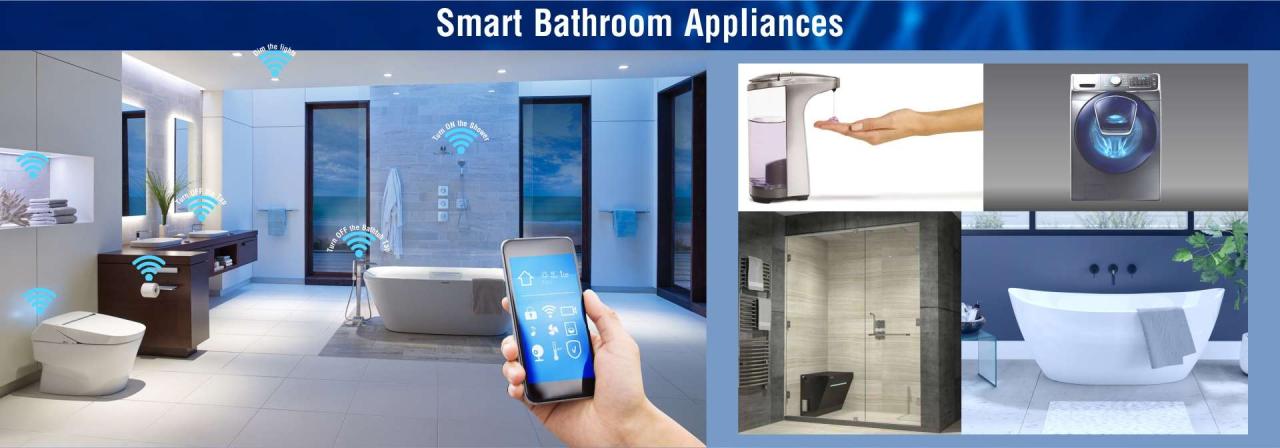
Smart bathrooms are revolutionizing health monitoring by seamlessly integrating with health apps and wearables to provide a comprehensive health tracking experience for users. This integration allows for the consolidation of health data from various sources into one centralized system, offering numerous advantages while also presenting challenges that need to be addressed, particularly in terms of data privacy and security.
Syncing Data with Health Apps and Wearables
Smart bathrooms can sync data with popular health apps and wearables such as Fitbit, Apple Health, and Google Fit. This enables users to track their health metrics, such as heart rate, steps taken, sleep patterns, and more, all in one place.
Advantages of Centralized System
- Convenience: Users can easily access their health data without having to switch between multiple apps or devices.
- Comprehensive Tracking: By consolidating data from various sources, users can gain a more holistic view of their health and wellness.
- Customized Insights: Centralized data can be analyzed to provide personalized recommendations for improving health outcomes.
Data Privacy and Security Challenges
- Privacy Concerns: Sharing health data with external platforms may raise privacy concerns among users regarding the security and confidentiality of their information.
- Data Breaches: Integration with health apps and wearables increases the risk of data breaches, highlighting the importance of robust security measures to safeguard sensitive information.
- Compliance with Regulations: Smart bathrooms must adhere to data protection regulations to ensure the lawful collection, storage, and sharing of health data.
Design and Aesthetics
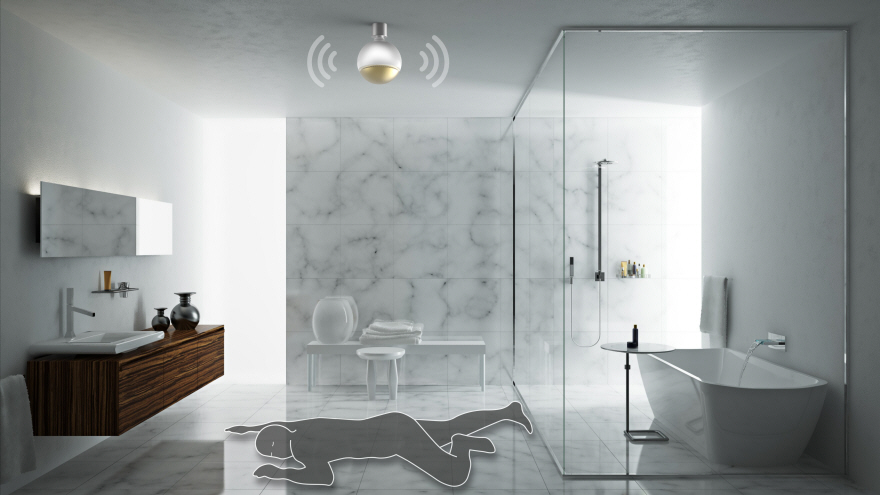
When it comes to smart bathrooms for health monitoring in home interiors, integrating technology seamlessly into the design is crucial. It is essential for the health monitoring features to blend in effortlessly with the overall aesthetic of the bathroom.
Smart bathroom features not only serve a functional purpose but can also enhance the aesthetics of the home interior. By combining technology with thoughtful design elements, homeowners can create a space that is both visually appealing and highly functional.
Innovative Design Approaches
- Integrated Displays: Incorporating discreet displays within mirrors or cabinets that show health monitoring data without compromising the design.
- Sleek Fixtures: Opting for modern and minimalistic fixtures that house health monitoring sensors while adding a touch of elegance to the bathroom.
- Customizable Lighting: Utilizing smart lighting systems that can adjust based on health metrics, creating a soothing and personalized ambiance in the bathroom.
- Hidden Sensors: Concealing health monitoring sensors within walls or ceilings to maintain a clean and uncluttered look in the bathroom.
Outcome Summary
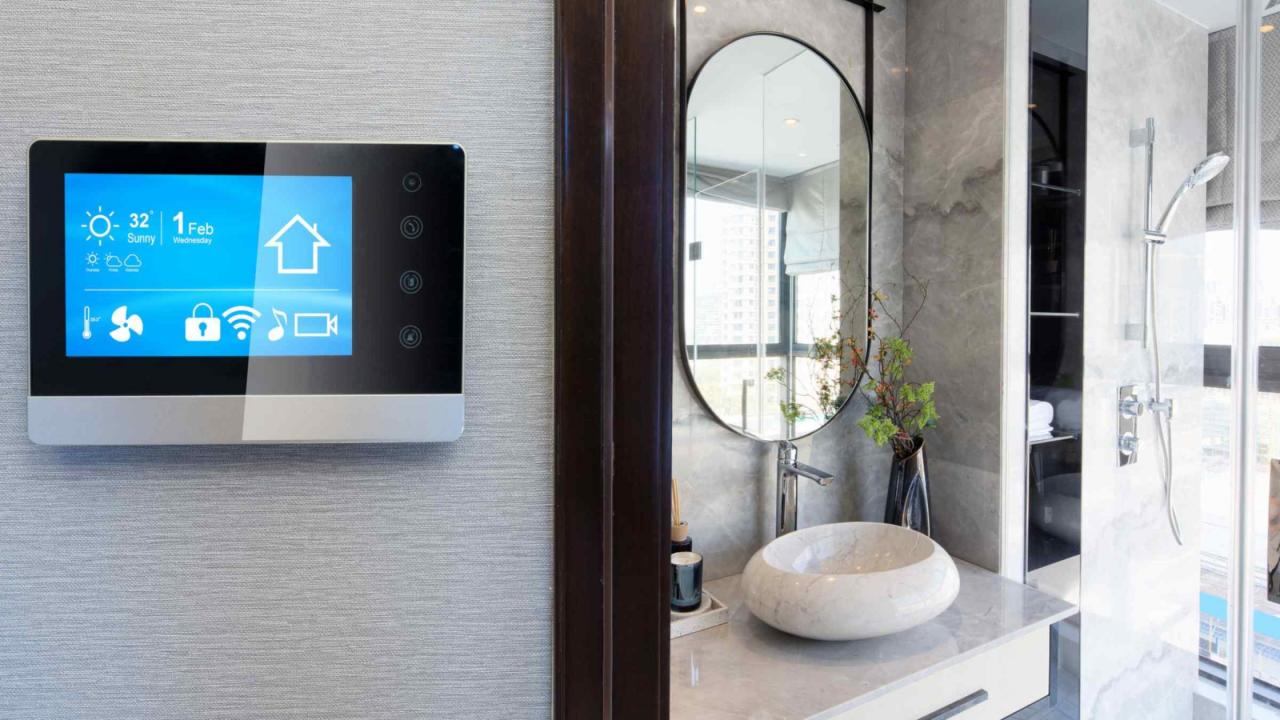
In conclusion, Smart Bathrooms for Health Monitoring in Home Interiors offer a glimpse into a future where our living spaces actively contribute to our well-being. With advancements in technology and design, the integration of health monitoring features into our daily routines promises a holistic approach to maintaining optimal health within the comfort of our homes.
Q&A
How do smart bathrooms integrate with health monitoring technology?
Smart bathrooms integrate sensors and IoT devices to track vital signs, providing real-time health data for users.
What are some challenges related to data privacy in smart bathrooms?
Ensuring data security and privacy is crucial, especially when syncing health data with external platforms. Implementing robust encryption and user authentication protocols can address these concerns.
Can smart bathrooms sync data with popular health apps and wearables?
Yes, smart bathrooms can sync health data with apps and wearables, offering users a comprehensive overview of their well-being across different platforms.
